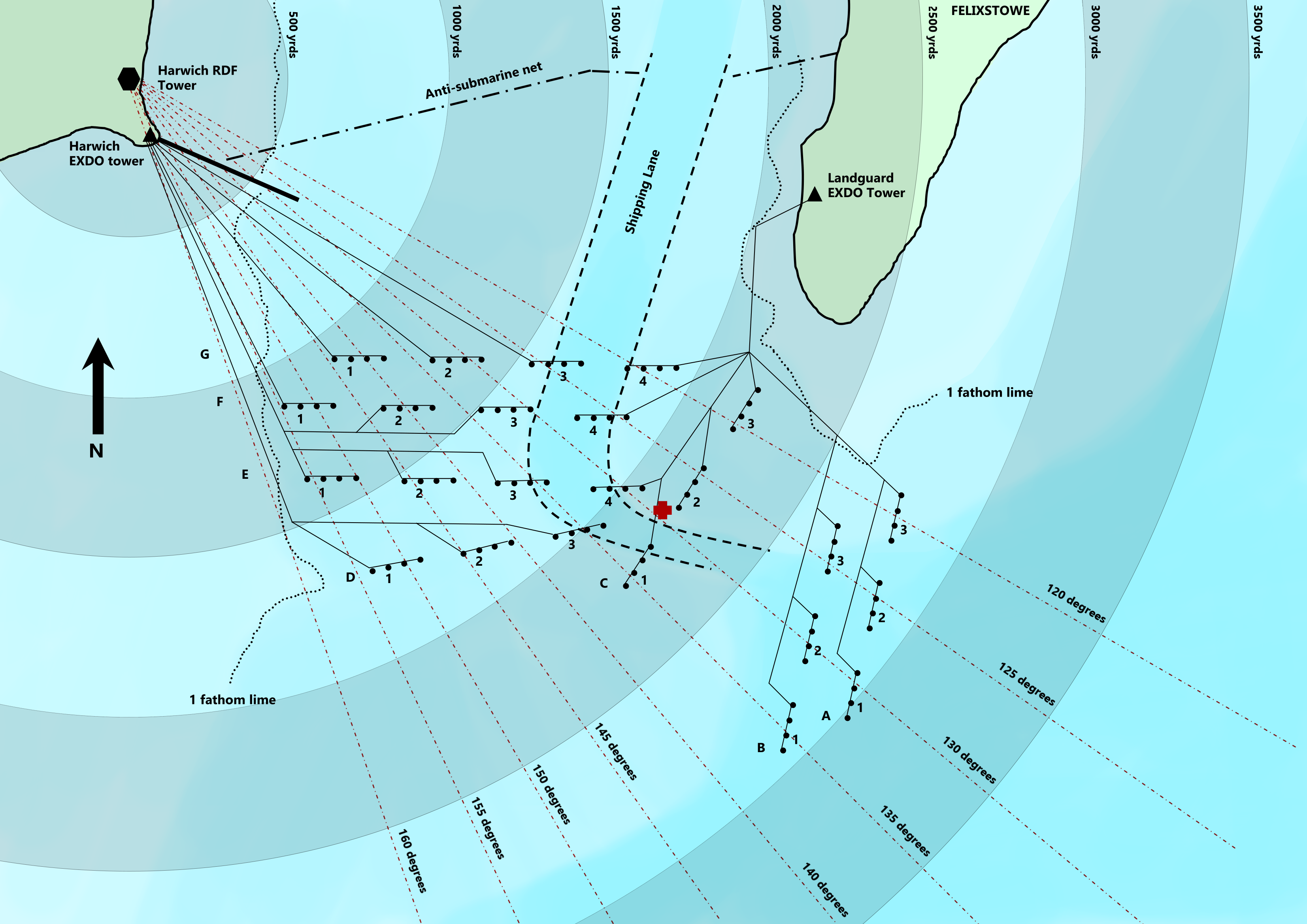Ipsam mollit? Netus sapiente. Proident penatibus maecenas esse mauris quas iure. Vitae, tellus quod tellus velit minim! Hymenaeos? Adipisicing praesentium! Expedita. Facilisis eleifend nostrum? Pharetra elementum quas posuere, consectetur arcu facilis doloremque velit, nisi proin porta, omnis cum dictum dui. Potenti corporis. Optio tempore provident irure fermentum? Laborum voluptas sociis elit perferendis at aliqua? Tempora ullam deserunt pharetra consequuntur maecenas nascetur autem lectus mollit? Ultrices, fuga deserunt aute, eiusmod.
1880 – 1904
Between 1880 and 1904, a naval minefield was installed across the estuary from Beacon Hill to Landguard Point. The mines, laid to protect the entrance to the harbour, were to be fired electrically from Landguard Fort.
An observation station was set up on the north west corner of the fort, and a casemate was converted to house batteries and switch gear. The casemate still retains some of the cables which were used to detonate the mines.
A new depot was set up in the Ravelin Block, just north of Landguard Fort, to maintain the mines. Parts of the narrow gauge railway still exist, including a turntable inside, used to move the mines about.
The railway originally ran between the Ravelin Block and the fort, across the shingle and down to the waters edge. The mines would have travelled along a jetty onto awaiting boats, to be taken out into the river. The derelict remains of the jetty can still be seen.
The mines were withdrawn after 1904, probably by detonating them in situ. It was not until c1940 that the estuary was, once again, protected by a controlled minefield.
1939 – 1945
The ‘beam’ from the RDF tower would cover between 120° and 160° in 5° sections. The bearing of the vessel detected would be sent to the EXDO tower, along with the range.
The range of the signal was set to a maximum of approximately 3500 yards (3200 meters), enough to cover the entire minefield. The ‘beam’ from the RDF tower could be rotated manually from the middle floor, allowing the 5 degree signal width to cover the minefield back and forth in ‘sweeps’.
A1-3, B1-3 and C1-4 were controlled from the Landguard EXDO tower.
D1-3, E1-3, F1-3 and G1-3 were controlled from Harwich EXDO tower.
marks the HMS Gipsy (wreck site)

Back Continue